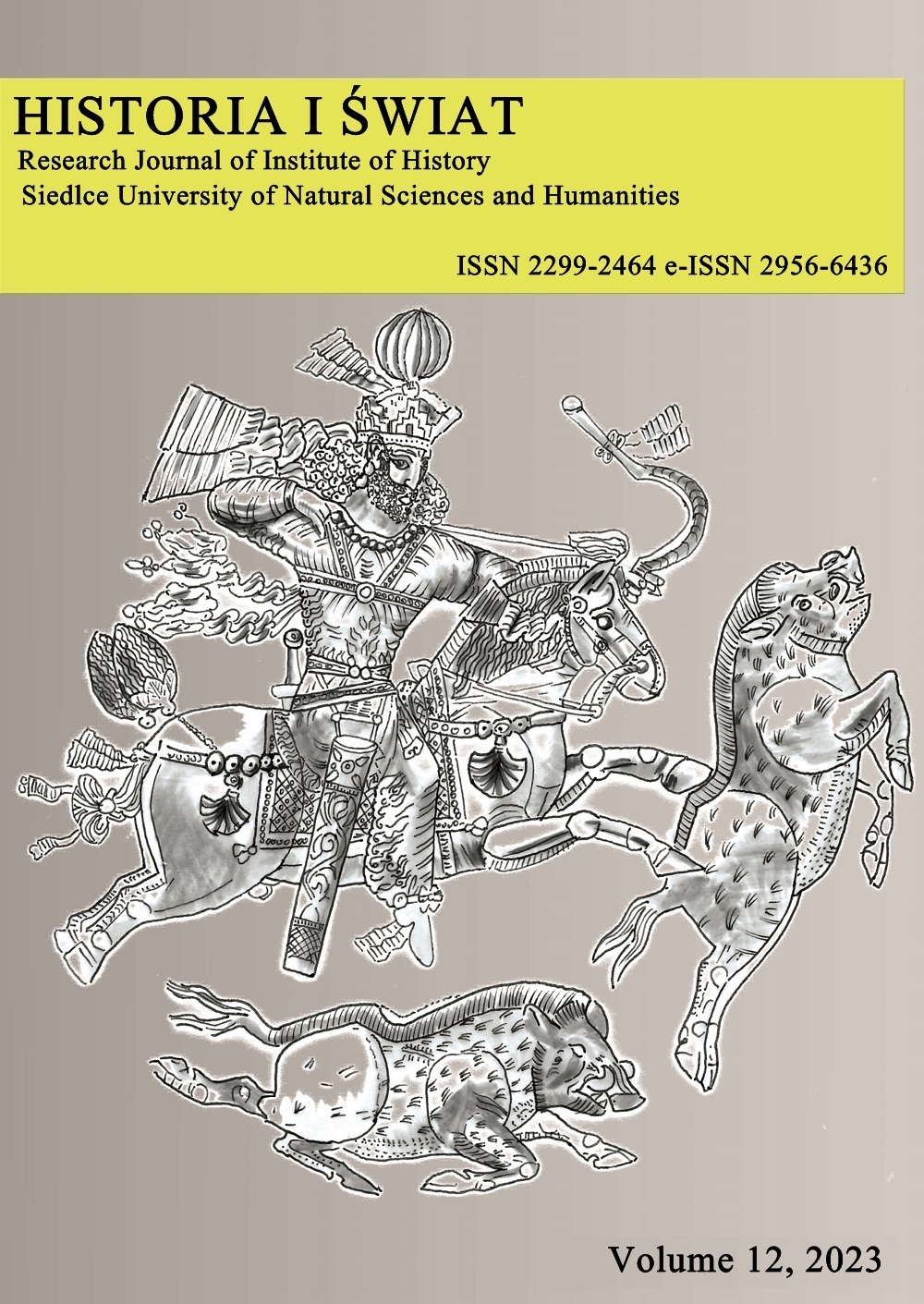Cremation in Elamite period (Sukkalmah): Hirbodan site
DOI:
https://doi.org/10.34739/his.2023.12.02Słowa kluczowe:
Archeology, History, Iran, Elamite, Anshan, Cremation, Funeral ArchaeologyAbstrakt
Every region and period have its own characteristics when it comes to burial, which is considered a part of spiritual and material culture. Since burial practices are influenced by society's thoughts, beliefs, and culture, studying them can help reconstruct the evolution of ancient culture. Large parts of Iran were considered the territory of the Elamite civilisation from about 2700 BCE until the beginning of the Achaemenid empire. While various studies have been conducted on the cultural materials of this period, burial methods, especially in the old Elamite period, remain unknown. The evidence of cremation is one of unique features that could be observed among burying ritual in each society. Based on the findings, this article describes the evidence for cremation in the Old Elamite period in south of Iran. In Hirbodan, a burial was buried in a crouching position and burned with wood sticks. It can be concluded from the burn marks on the skeleton and the soil beneath the body, that the body had been burned inside the grave before being covered in soil. This burial is associated with the period of old Elamite and with the reign of the Sukkalmah dynasty based on the analysis of pottery and C14 results.
Pobrania
Pobrania
Opublikowane
Numer
Dział
Licencja
Prawa autorskie (c) 2023 Authors

Utwór dostępny jest na licencji Creative Commons Uznanie autorstwa – Bez utworów zależnych 4.0 Międzynarodowe.




